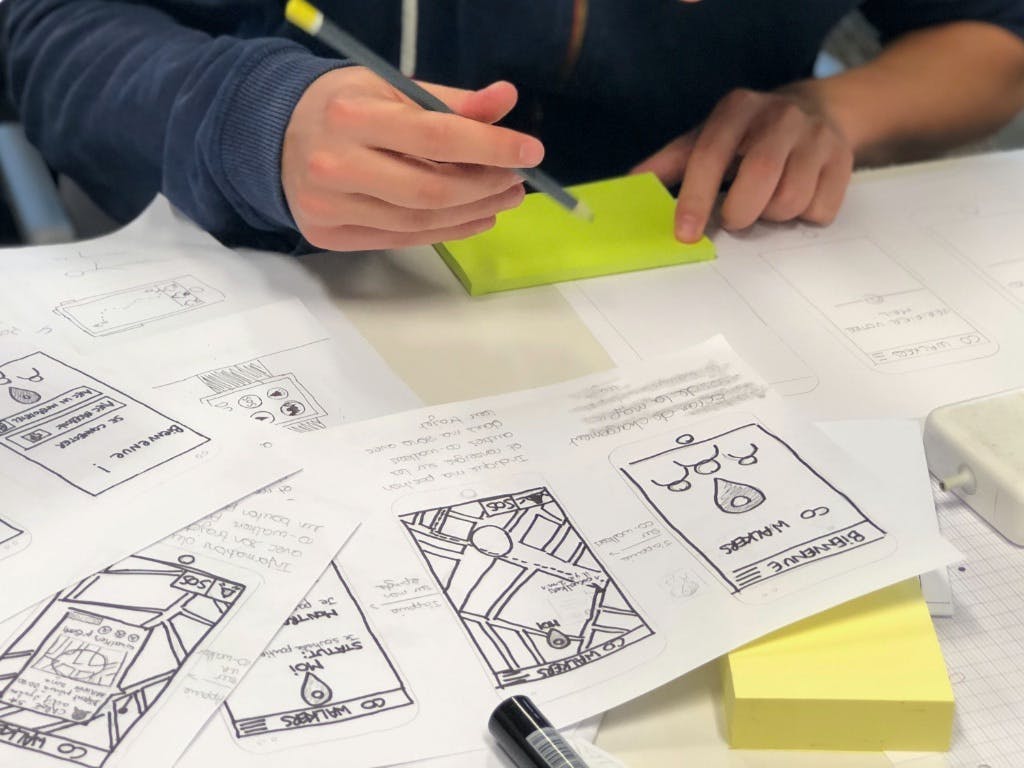Validating with Proof of concept, prototype, and MVP
Explore the differences and applications of PoC, Prototype, and MVP to guide your startup from an idea to market readiness.

Introduction
Three milestones mark a startup’s journey to translate a game-changing idea into a market-ready product: Proof of Concept (PoC), Prototype, and Minimum Viable Product (MVP). To describe those stages, we consulted several credible sources, combining their thoughts with our significant experience assisting companies in achieving their visions.
To distill each stage succinctly, the PoC validates everything from technical feasibility to market dynamics, competition, and problem existence. The prototype phase focuses on usability and user experience, ensuring the solution is not only viable but also user-friendly. By synthesizing insights from these preliminary phases, you gather enough information to construct the first iteration of your MVP, encompassing the core, marketable features that address user needs and stand out in the competitive landscape. This streamlines the process, making the progression from idea to MVP swift and informed. Feel free to read the part that matches your stage.
Proof of Concept (PoC)
Definition:
A PoC is the initial step to ascertain the feasibility of an idea. It focuses on answering whether you can turn the core concept into a viable product and providing data about the problem and the market.
Characteristics
- Often small-scale and preliminary.
- It may require minimal resources but seeks to identify potential technical and logistical issues.
- It does not resemble the final product but aims at validating the technical feasibility of the core idea.
Usage
- Ideal for projects involving novel or complex technologies.
- For low-complexity projects, market and competition research that shows that the problem exists can serve as a PoC.
- Helpful in attracting initial investment by demonstrating the feasibility and potential of the idea.
- It helps in aligning stakeholders’ goals and setting a clear vision for the project.
DropBox example
Dropbox is an excellent example of a Proof of Concept (PoC). Their early use of an explainer video was a stroke of genius. They showcased their idea through this video, quickly elevating their beta waiting list from 5,000 to 75,000. This simple yet effective video validated their concept and attracted a large base of potential customers before the actual product was developed. The Dropbox tech team also conducted a feasibility study, but it was not communicated because it was not cool enough.
Prototype
Definition
A Prototype is a more advanced stage, representing an interacting model of the product with some, but not all, of the features intended for the final version.
Characteristics
- It is tangible, interactive, and closer to the final product than a PoC.
- Allows stakeholders to interact with a physical or digital model of the product.
- Aids in identifying usability issues and gathering initial user feedback.
Usage
- Essential for products requiring user interaction, helping in usability testing.
- It helps present to potential investors and stakeholders for further buy-in.
- Facilitates early user feedback, aiding in refining the design and features.
Prototype example
A prototype example can be seen in every Figma design shared with a group of early adopters and friends to gauge their usage, preferences, and dislikes.
Minimum Viable Product (MVP)
Definition
An MVP, as illustrated and analyzed in our post defining what an MVP is, is a product with just enough features to satisfy early customers while providing feedback for future development.
Characteristics
- Contains core features necessary to solve the problem it aims to address.
- Presented to the market for real-world validation.
- Captures the essence of the product with minimal resources, helping to test its market viability.
Usage
- It is ideal for gauging market response and collecting valuable customer feedback.
- It helps attract further investment based on real-market data.
- Facilitates iterative improvement, paving the way for full-scale production.
Zappos example
Zappos, with all its necessary features, perfectly embodies an MVP. In the late '90s, when online shoe shopping was a mere fantasy, Nick Swinmurn, the creator of Zappos, displayed a practical approach in 1999 amidst his frustration of not finding desired shoes at a local mall. Instead of investing in a vast online collection, he photographed shoes from his neighborhood mall for his website. Upon a purchase, he'd rush to buy and ship the exact pair. A unique start, right? Even unprepared for transactions initially, simulating a checkout that led to an "Oops, not ready yet" page captured customer interest, showcasing great MVP execution.
Conclusion
In conclusion, navigating the stages from Proof of Concept to Prototype and then to a Minimum Viable Product is a pivotal journey for any startup. This blog post has outlined each stage's purpose, application, and value. It is supported by real-world examples from Dropbox and Zappos, illuminating the path from an idea's inception to its market realization. As your venture advances through these milestones, remember that each serves not just as a checkpoint but as a foundation for learning, iterating, and perfecting your vision. With the right approach and understanding, these steps can lead to significant investment, customer acquisition, and, ultimately, the successful launch of a product that truly meets market demands. Embrace the roadmap we've shared, and take the leap from concept to customer confidently and clearly.
Resources
At Allcancode, we're committed to helping startups get their products to the market in weeks while empowering them with the best resources and insights. If you found this post valuable, please consider sharing it with your network. Let's grow together!
Photo from Unsplash